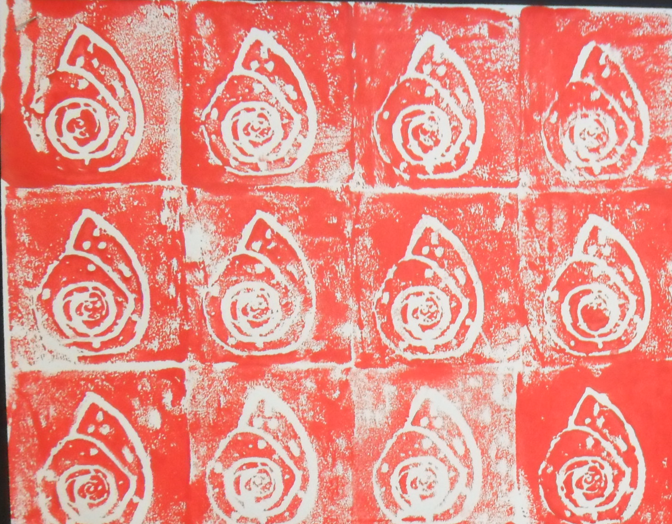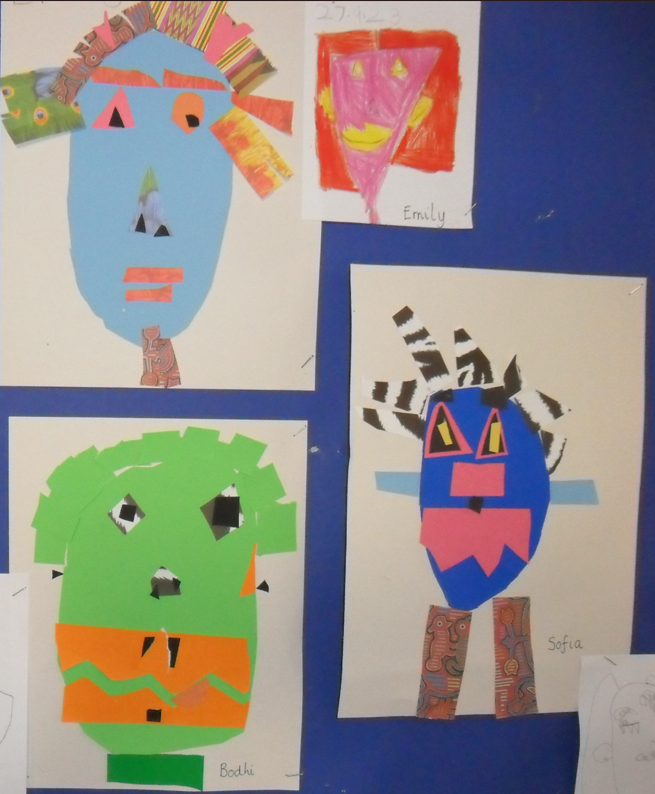Art and Design


What is our Philosophy?
At the Winchcombe School, we believe that Art and Design should stimulate imagination and creativity; involving children in a range of visual, tactile and sensory experiences, which enable them to communicate what they see, think and feel and explore the world around them. We want all of our children to see themselves in the artwork they study and to be able to relate to it.
What is taught?
We provide children with opportunities that build on their understanding, appreciation and competence in drawing, painting, sculpture, printing and collage. Using and combining a range of materials and media, children develop techniques, experiment with ideas and explore shape, pattern, colour and form. They develop a knowledge of significant artists, sculptors and designers from different cultures and backgrounds, increase critical awareness of the roles and purposes of art and design in different times and cultures and analyse works using the language of Art and Design. We aim to build upon a child’s prior knowledge and develop skills, knowledge and vocabulary in each inspiring and challenging art project.
How is it taught?
Art is taught in termly projects which are linked to a main focus for each term. Each project carefully combines a variety of art strands which develop sequentially in year and from year to year.
How is progress measured?
Progress is assessed each year against the following aspects:
- Generation of ideas
- Technical proficiency
- Knowledge and understanding
- Evaluation
- Significant people, artwork and movements
What does success look like at The Winchcombe School?
By the end of Year 6 children will: •
- Explore, collect and experiment with creative ideas, materials and techniques to represent emotions, imagination, experiences and observations and use art as a means of expression and communication.
- Use a range of tools, materials and techniques accurately and creatively to produce pieces of art using painting, drawing, collage, printing and sculpture.
- Understand and identify the visual elements of colour, line, form, texture, shape, space and tone and the use of pattern, proportion and perspective in work by themselves and others.
- Evaluate and analyse creative works using the language of art, craft and design; identifying ways to improve, making comparisons and forming opinions.
- Recognise the contribution made by significant artists and pieces of art from different cultures, times and places and the influence on their own artwork.






